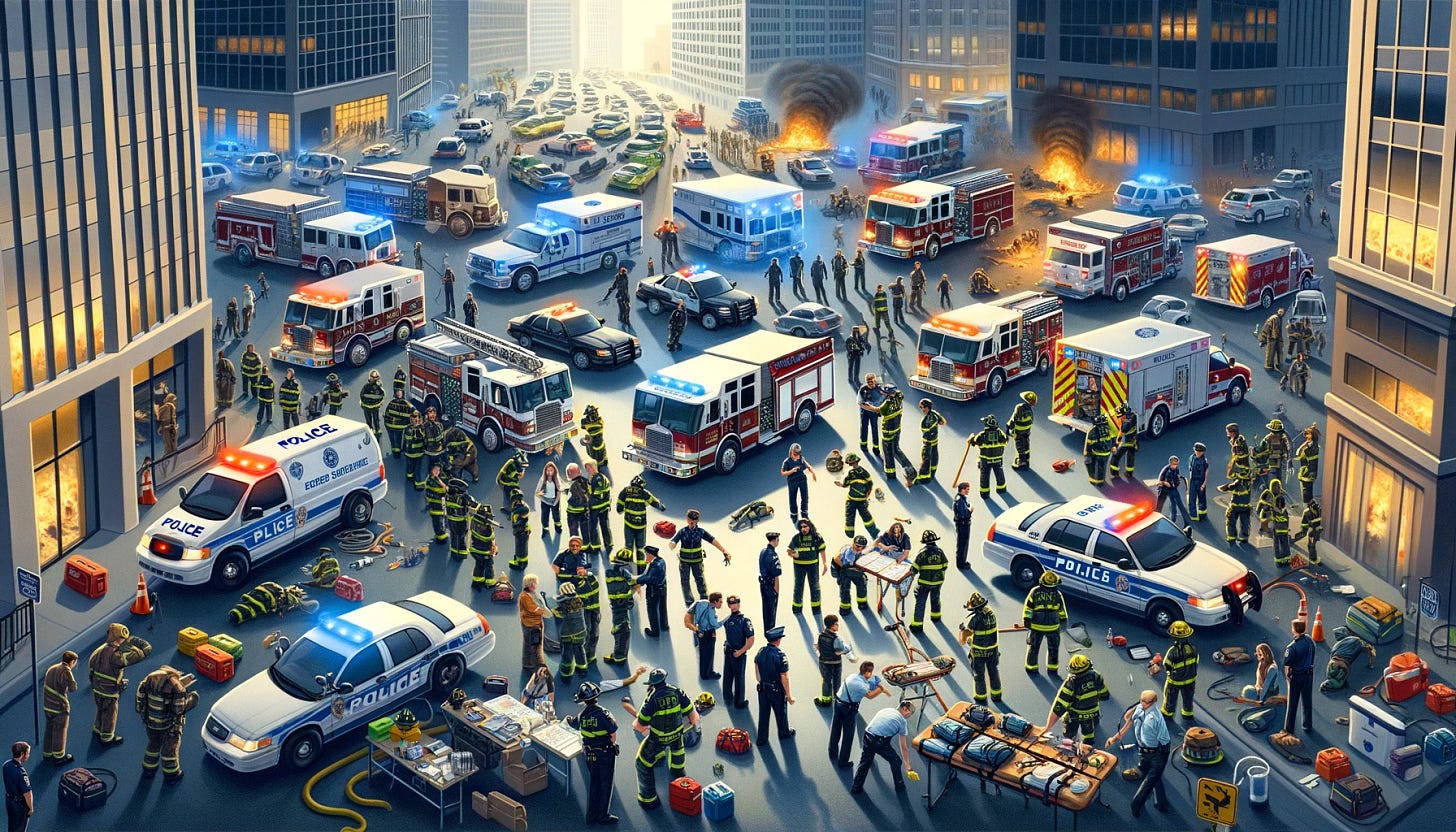Publication
Martaindale, M. H., & Blair, J. P. (2019). The Evolution of Active Shooter Response Training Protocols Since Columbine: Lessons From the Advanced Law Enforcement Rapid Response Training Center. Journal of Contemporary Criminal Justice, 35(3), 342-356. https://doi.org/10.1177/1043986219840237
What Was The Issue?
Response to active shooter events has changed over time. In this article, the authors review the major changes that occurred in ALERRT training between 1999 (the Columbine High School Shooting) and 2018.
How Did They Look at The Issue?
This article does not feature new data. It relies on the expertise of the authors to assess changes.
What Did They Find?
The authors identified 4 major changes between 1999 and 2018.
Number of Officers
The first was a shift in the number of officers required to enter an attack site. Following Columbine, officers were expected to wait until they had a team of 4 or 5 officers before entering the attack location. This was taken from how SWAT teams operate. However, over time, agencies found that waiting to get 4 or 5 officers on scene simply took too long. Agencies started to authorize smaller and smaller teams to enter. Now most agencies around the country authorize (or even require) solo officers to make entry if active violence is occurring.
Medical
The second change was to start training police officers to provide medical care. When ALERRT first started training active shooter response, EMS and Fire services required a scene to be safe and secure before they would enter and provide aid. Searching a large area (picture the Aurora, CO movie theater shooting) could take a long time. During that time, injured people are bleeding and dying. ALERRT decided that if the medics wouldn’t go in, they would train police officers to provide point of wounding care to the injured to try and keep them alive long enough to get a higher level of care to the patients. The training is compliant with Tactical Emergency Casualty Care (TECC) guidelines which have their roots in the military’s Tactical Combat Casualty Care (TCCC). The focus of this training is on stopping massive bleeding.
The authors also note that EMS and Fire services have modified their policies so that they will now enter warm zones as long as they have some police protection. A variety of models for this protection exist (e.g. Rescue Task Force, Secured Corridor, and Protected Island). This allows medics to get into the scene and provide a higher level of care much more quickly than occurred in the past.
Incident Command
The third change was to start training officers to use the Incident Command System (ICS) to coordinate their response. Anytime that an active shooter call goes out ALL the officers in radio range start rushing to the scene. Even in a small rural town like Uvalde, TX, hundreds of officers will show up. This is a good initial response because we don’t know where or when an event will happen. We also don’t know how severe the event will be or where officers will be patrolling when the attack starts. Having all nearby officers rush to the scene ensures that you get as many responders as possible. However, if this flow of responders is not managed, it can swamp the scene and become a liability instead of an asset. ICS is designed to manage the incoming responders and make them assets instead of liabilities. ALERRT teaches responders to build the ICS system out from the first officer on scene.
Civilian Response
The fourth major change doesn’t deal with responders; rather it deals with improving civilian response. A variety of programs designed to improve civilian response have sprung into existence since the Columbine shooting, and schools across the country almost universally require some sort of active shooter response training. This training can help save lives.
So What?
This article provides a good overview of some of the major changes that have occurred to active shooter response since the Columbine High School shooting and shows how research is informing practice at ALERRT.
Going forward I think the next big change in response and training is a deeper integration of ICS training into police culture. So much of what happened at Uvalde could have been avoided if there was a clear command structure. This would have helped develop an accurate picture of the situation and focused efforts on resolving the problem.




